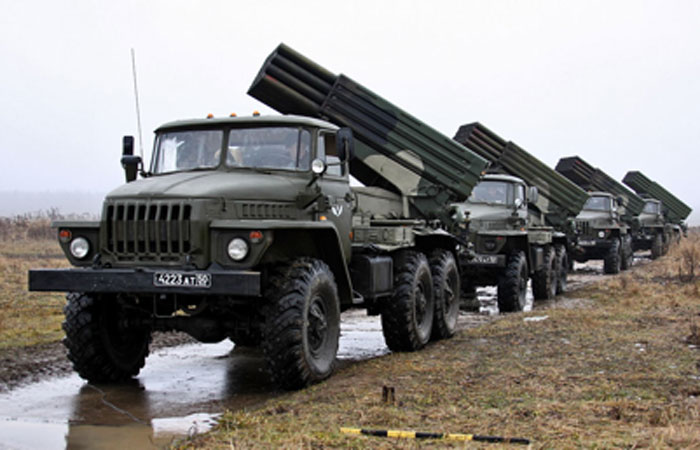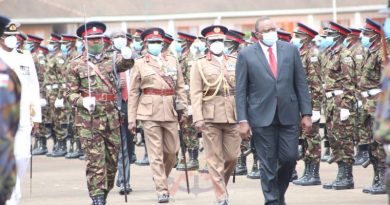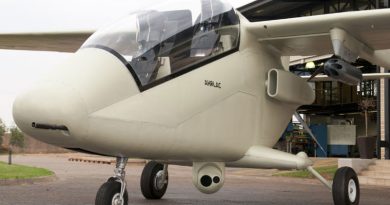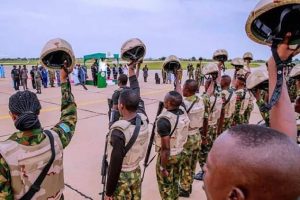In case of war: five Nigerian weapons South Africa should fear
Despite severe budget cuts and general institutional decline in the South African National Defence Force (SANDF), the country is still a major military power in Africa.
For decades, Nigeria has maintained its regional military dominance especially in West Africa even though equipment shortage, irregular procurement policies and corruption has plagued its military forces.
For a long time, Nigeria and South Africa has been squabbling for economic and political recognition. Their rivalry often played itself out in proxy activities, as both nations hopes to get a permanent seat at the United Nations Security Council.
The two nations are concerned over how a direct war between them could play out. For now, South Africa will leverage on its technologically superior advantage to counter Nigeria’s numerical strength.
However, as Nigeria continues to tackle various security challenges including the brutal war against Boko Haram and the Islamic State in West Africa, Nigeria’s military machine is evolving rapidly. Newer and modern weapons are being brought into service faster than before.
Also, Nigeria’s indigenous defence industrial complex is growing at a decent pace. The country is now self-sufficient in various types of armored vehicles as well as drones and littoral naval vessels. However, its still years behind South Africa’s world class defence industry.
In South Africa, support for its homegrown weapons is still low, at this rate, Nigeria could be a match with South Africa technologically within the next two decade.
Even with the ongoing political/economic skimish, coupled with the recent heightened tensions caused by xenophobia in South Africa, it is very unlikely that there will ever be a face-off between South Africa and Nigeria that will lead to war.
However, South Africa might want to take note of these five Nigerian lethal weapon systems and tactics.
Palmaria 155 mm self-propelled howitzer
The 155 mm Palmaria is a self-propelled howitzer which was developed by the Italian Company OTO Melara for the export market.
The Palmaria 155 mm howitzer has an automatic loading system, and a rate of fire of one round every 15 seconds or a burst-fire rate of three rounds every 25 seconds.
For sustained firing, it can fire one round every three minutes indefinitely. The maximum range is 24.7 km for normal rounds and 30 km for rocket assisted rounds.
Nigeria bought twenty-five Palmaria 155 mm SP in 1982, and it has constantly being used to devastating effect against Boko Haram and ISWAP.
With a crew of five operating a single vehicle, a Palmaria 155 mm artillery brigade can level a city in sustained firing mode.
PAC JF-17 Thunder
Also known as the Chengdu FC-1 Xiaolong, the JF-17 Thunder which first flew in 2003, is a high-tech evolution of the MiG-21.
In 2018, Pakistan confirmed a $184 million deal to sell three JF-17s to the Nigerian Air Force.
The JF-17 is designed to employ Chinese weapons on its seven hardpoints, including the PL-5 short-range air-to-air missile, LS-6 ‘Thunderstone’ GPS-guided glide bombs, and YJ-12 supersonic and YJ-83 subsonic anti-shipping missiles.
The Thunder can also carry electro-optical/infrared sensors and self-defense jammers on external pods.
The newer Block III, featured a helmet-mounted display system which should allow more flexible targeting of short-range missiles in close dogfights.
Its radar is upgraded to an Active Electronically Scanned Array (AESA) radar, which have higher resolution, is more discrete and also more jam-resistant.
With a maximum speed of mach 1.8 (2,205 kilometers per hour), a ferry range of 2,200 miles it has a service ceiling of 55,000 feet.
It is very likely that the JF-17 Thunder will show up if there is any future showdowns between Nigeria and South Africa.
T-72 Main Battle Tank
Unarguably the worlds most popular main battle tank, more than 25,000 T-72s have been built. The T-72 is currently being used by about 45 countries, including Russia.
Crewed by a three-man team, the the 41-ton T-72 is armed with a 125-millimeter smoothbore cannon. The cannon is fed by an autoloader instead of a human loader.
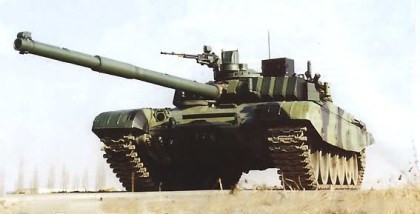
In early 2014, Nigeria allegedly procured about 77 unit of T-72 MBT from Czech republic however, military experts believes that the actual number is around 30.
So far, the T-72 AV mbt makes up the backbone of the Nigerian Army armored division, supported by the Vickers (Eagle) tank, T-55 MBT and Panhard ERC-90 Sagaie tank destroyer.
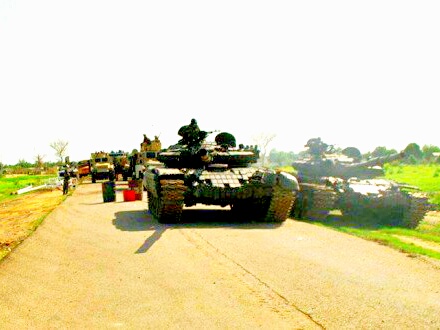
As seen in the current anti-terror operations, Nigeria’s T-72 tanks will spearhead any military actions against South Africa.
CH-3 Wing Loong drone
In 2014, China supplied the CH-3 to Nigeria government along with YC-200 guided bombs and AR-1 air-to-ground missile, making Nigeria one of a handful of countries like the United States, the United Kingdom, Israel, Pakistan, and Iraq who have adopted the use of Drones in modern warfare.
This cheap killer drone have proliferated across the Middle East and North Africa, executing hundreds of deadly attacks in Egypt, Libya, Nigeria and Yemen.


Since drones are much cheaper to procure and operate then jet fighters, the CH-3 drone can circle over war zones at low speeds for hours upon hours, waiting for targets without putting its operators at risk.
Nigeria’s CH-3 drone first saw combat use by Nigeria against Boko Haram in 2015, although, one crashed during operations. the drone can delivered its ordnance against ground targets with high degrees of precision and accuracy, both day and night.
BM-21 122 mm Grad Multiple Rocket Launcher
The Soviet-made BM-21 122 mm Grad multiple Rocket Launcher System was designed to support ground troops with massive suppressive fire to counter anti-tank missile, artillery and mortar positions, destroy strong points and eliminate enemy’s resistance on the battlefield.
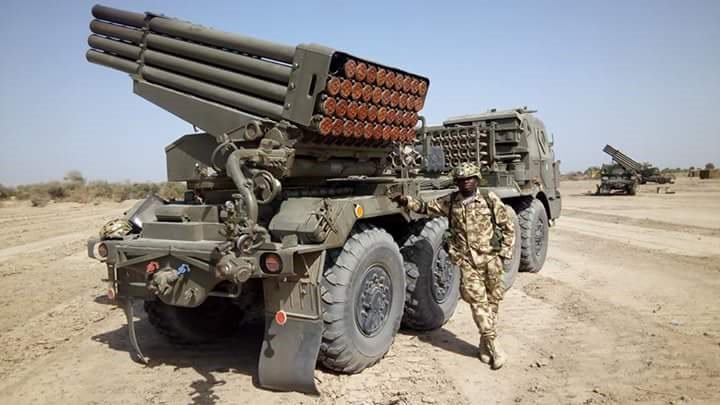
The BM-21 fires a fin-stabilized “9-ft rocket” with a range of 20,380 meters. The 122-mm fin-stabilized rockets can deliver Frag-HE, chemical, or incendiary warheads to a range of over 20 kilometers, or the newer HE and cargo rockets out to 30 kilometers. On explosion, the warhead produces a great fragmentation effect and shock wave which can destroy tanks, armored vehicles and personnel.
As a result of its high volume of fire and large area coverage, it is usually used for ambush. One volley from a BM-21 battalion is 720 rounds is enough to annihilate an enemy division.
